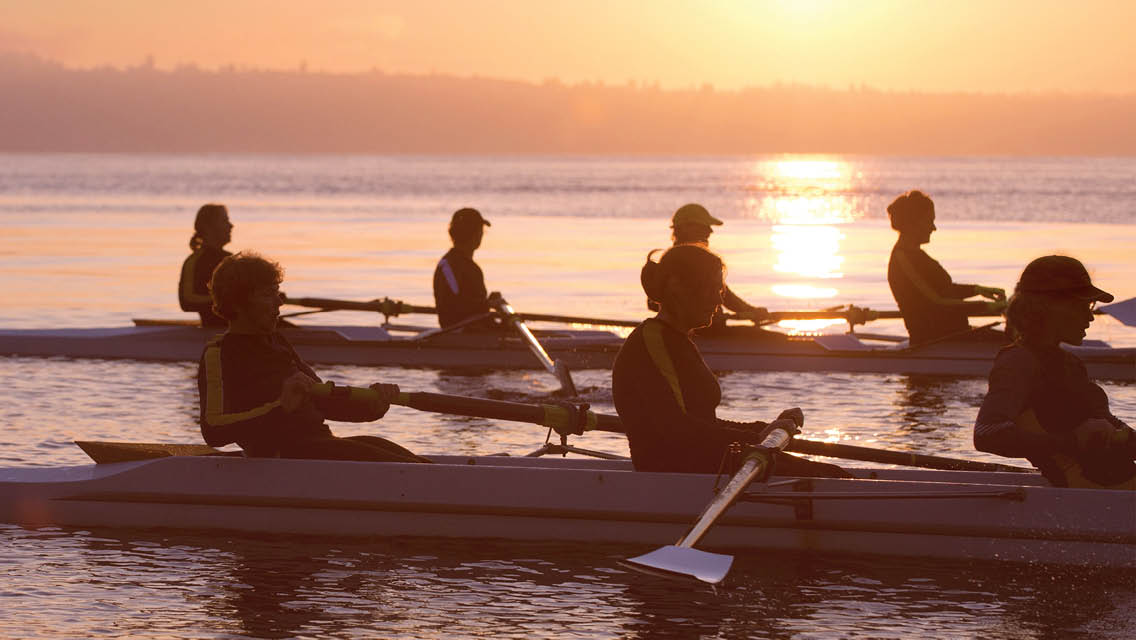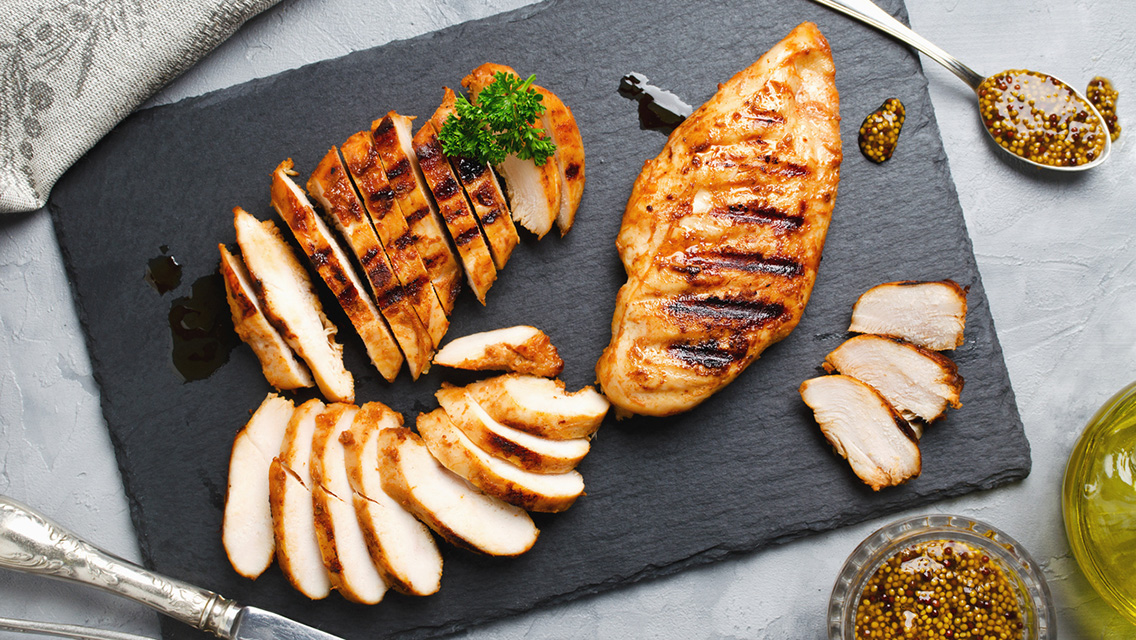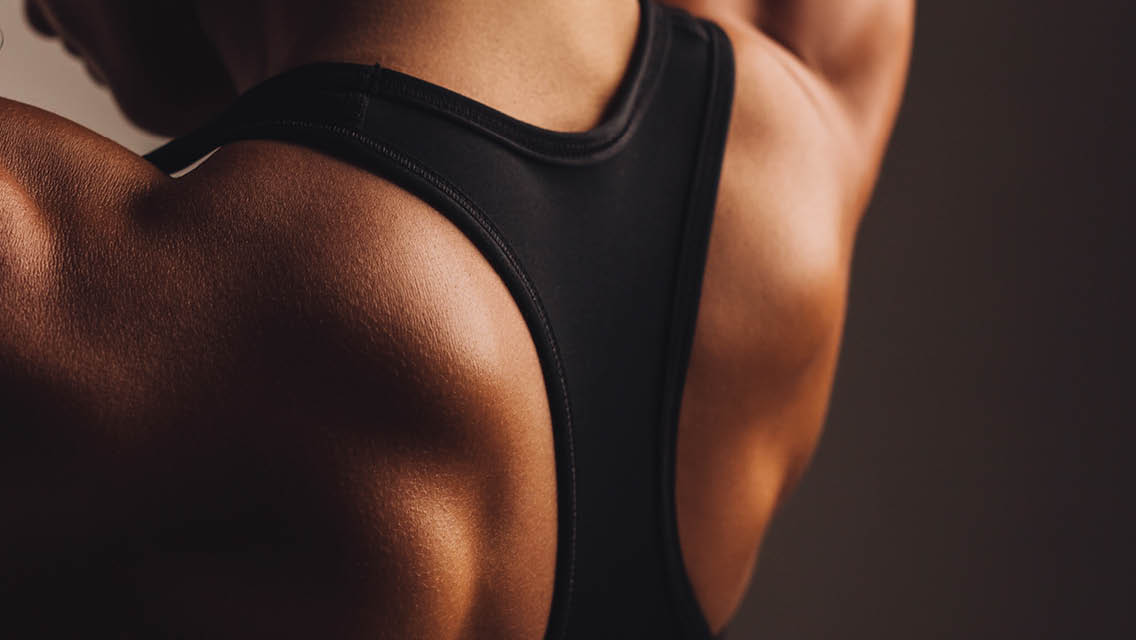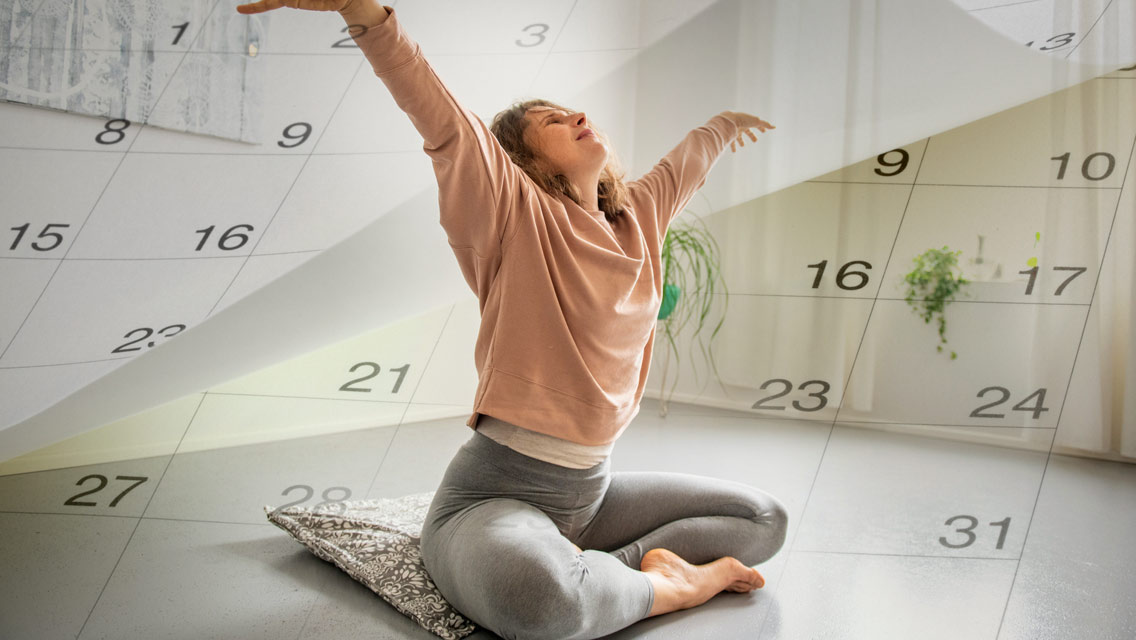During her undergraduate days rowing crew and her years as an elite triathlete and cyclist, Stacy Sims, MSC, PhD, followed the standard training and dietary regimens — ones largely based on research on male athletes. The outcomes were frustrating: She and her teammates couldn’t attain successes comparable to those of the men.
“I was learning things about exercise physiology and metabolism in my undergrad classes that didn’t make sense for us female rowers,” the exercise physiologist and nutrition scientist recalls.
“I couldn’t find anything in textbooks or journal articles about how to maximize women’s athletic performance, and no one could tell me why we were putting in the same training as the men but not seeing the same results. I was told, ‘Well, women are an anomaly. We don’t know why you’re not responding.’”
Published research on boosting female athletic performance lagged far behind that of male athletes. So Sims and her peers set out to find answers on their own. For Sims, that ultimately meant leaving elite competition and entering the lab.
Her research at Stanford University and the AUT Sports Performance Research Institute New Zealand is focused on her powerful premise that “women are not small men.” This informs her books Roar: Match Your Food and Fitness to Your Unique Female Physiology for Optimum Performance, Great Health, and a Strong Body for Life and Next Level: Your Guide to Kicking Ass, Feeling Great, and Crushing Goals Through Menopause and Beyond.
We asked Sims how active women of all ages can benefit from what she’s learned.
Q&A With Stacy Sims
Experience Life | Why do you think women were excluded from much of the athletic research in the past?
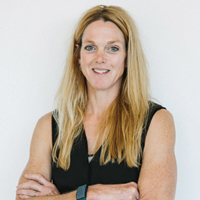 Stacy Sims | There’s this idea that women are more complicated to study due to the hormonal changes in our monthly cycles and across our lifespans. But women aren’t more complicated — we’re more complex. In any scientific design, you can accommodate complexity.
Stacy Sims | There’s this idea that women are more complicated to study due to the hormonal changes in our monthly cycles and across our lifespans. But women aren’t more complicated — we’re more complex. In any scientific design, you can accommodate complexity.
The real problem is, as most of the studies were developed, women were never in the room. If we could change history and women had been the ones who started it all, our fluctuation in hormones would have been accounted for.
So now we’re pushing to look at the complexity of women’s bodies: What are our different hormone profiles? Are we reproductive or perimenopausal? Are we on hormonal or nonhormonal contraception? These add layers of complexity, but it doesn’t mean we’re complicated.
EL | What are some misconceptions you encounter about female bodies when it comes to nutrition advice?
SS | One of my frustrations is the advice about fasting and low-carbohydrate, low-food intake: It’s all based on male data and can be damaging for women.
I’m a physiologist, so I look at brain signaling. Women have two areas in the hypothalamus that are supersensitive to nutrition: one is specific for appetite control; the other is specific for endocrine control. [Editor’s note: Men have one area that regulates both.]
Low-calorie intake downregulates an important neuropeptide in both areas of the female hypothalamus, affecting our immune system, our thyroid, and other hormones. We get wired and tired, which is our brains saying, “We need fuel!”
EL | What common fitness advice for women do you wish would go away?
SS | The advice around zone 2 training. The general consensus is for the bulk of exercise to be in heart-rate zone 2, which is steady and conversationally paced. This doesn’t consider sex differences — and has an impact on women’s longevity.
Women need to do high-intensity work that is short and sharp in order to produce lactate. We know now that lactate is not a waste product but is used by the brain as fuel; this lactate use is an important consideration for reducing cognitive decline and other factors too.
High-intensity activity is especially important for women in the menopause transition who are losing their sex hormones. It improves certain cardiovascular outcomes — like blood-vessel compliance and heart-rate responses to postural shifts and energy demands — and it boosts cardiac-muscle integrity.
We still need to do zone 2 training, but it shouldn’t be prioritized to the exclusion of high-intensity training.
EL | How have your research interests evolved over time?
SS | We need more research on women who are active and healthy but struggling to understand how their bodies are changing. Hormones have a big impact on tissue integrity, tendon integrity, how our muscles move, and how our joints move. We need to know how to reassess how we move and how our tissues are responding in perimenopause and beyond.
Meanwhile, my daughter is 12, and I’m interested in understanding the developmental phases of girls through puberty so we can keep them in sports. It’s not that they’re disinterested — it’s that their bodies are changing and no one’s saying to them, “Look, your biomechanics have changed, and your center of gravity has changed. But we can reteach you how to run, how to jump, and how to land.”
We have to educate PE teachers to teach functional movement to girls and not just throw them in with the boys or, worse, have them benched as a substitute.
EL | Do you have foundational advice for women throughout their lifespan?
SS | I often talk about the “big rocks.” The first big rock is sleep. If you have good sleep, you have better metabolic control and better energy and are more resilient to stress. Sleep hygiene is important — a cool, dark room and no screens two hours before bed. If you’re still having problems, we can look at adding L-theanine or rhodiola or some other adaptogens to help. (Adaptogenic herbs like ginseng are great for battling stress and boosting your overall immunity, strength, and resilience. Visit “7 Adaptogens for Health” to learn more.)
Another big rock is making sure you’re getting protein throughout the day, plus lots of fruits and vegetables.
Timing matters too: We generally need more food in the beginning of the day — starting a half hour after waking, when cortisol typically peaks — then taper down and limit eating after dinner. This can help us get better recovery during sleep, reduce total body inflammation, support our mitochondria, and lose body fat.
When it comes to the movement rock, regardless of age, women should strength train. We need to lift! Strength training is linked to neuroplasticity. It supports metabolism and helps with cardiovascular health. It improves proprioception and balance.
EL | How can women advocate for their fitness and health when faced with confusing and often bad advice?
SS | If you see something that’s new and trendy or if you’re doing something that doesn’t feel right, pause and try to find out where that information came from… . There is data on women. We just need to find it and dig it out.
This article originally appeared as “Stay Strong Your Whole Life Long” in the September/October issue of Experience Life.
